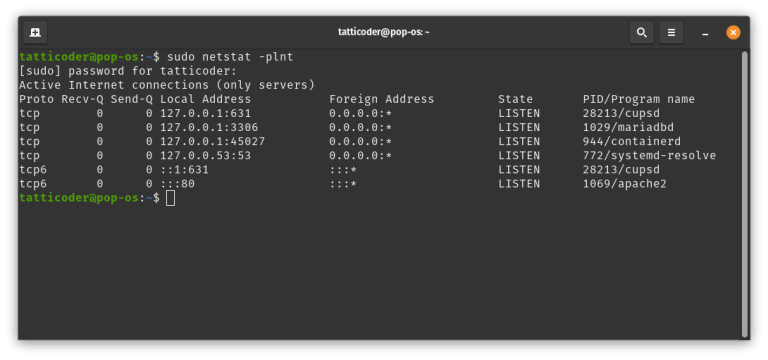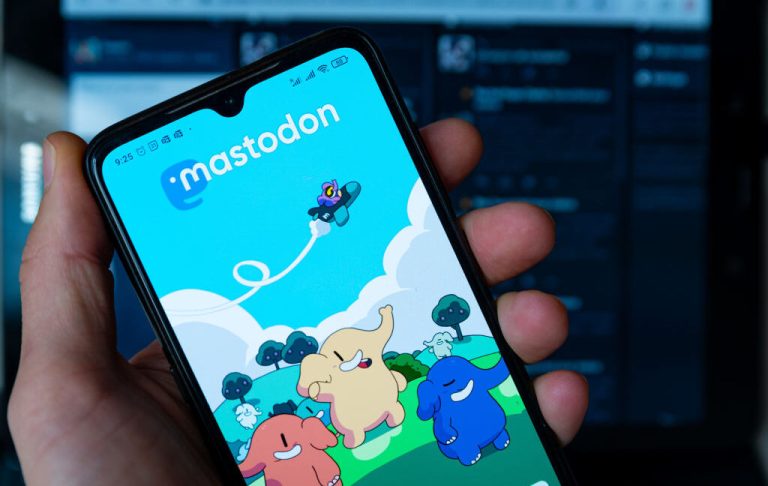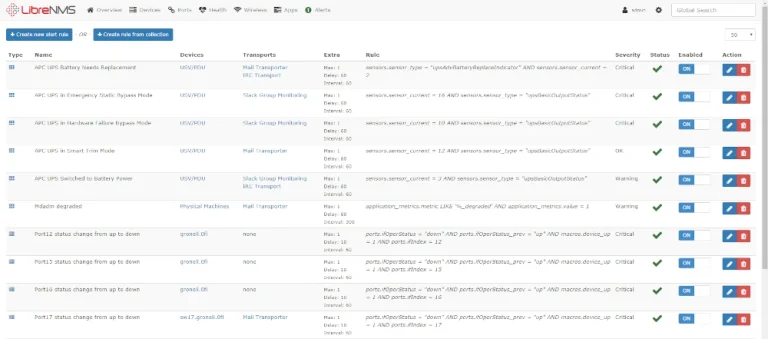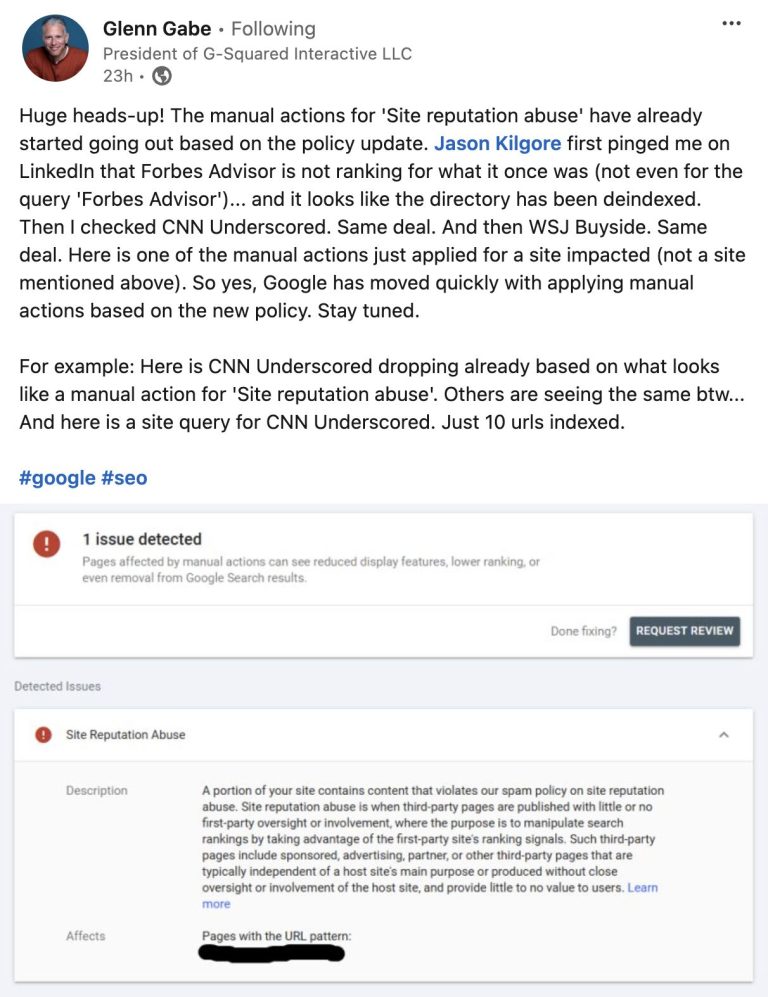Google officially launched AI Overviews in the U.S. on May 14, 2024. Three months later, they announced that AI Overviews was rolled out to six more countries: the UK, India, Japan, Indonesia, Mexico, and Brazil.
Is SEO dead and should you panic? Or is everything a big hoo-ha and there’s nothing to worry about?
Here’s everything we know about Google’s AI Overviews to date:
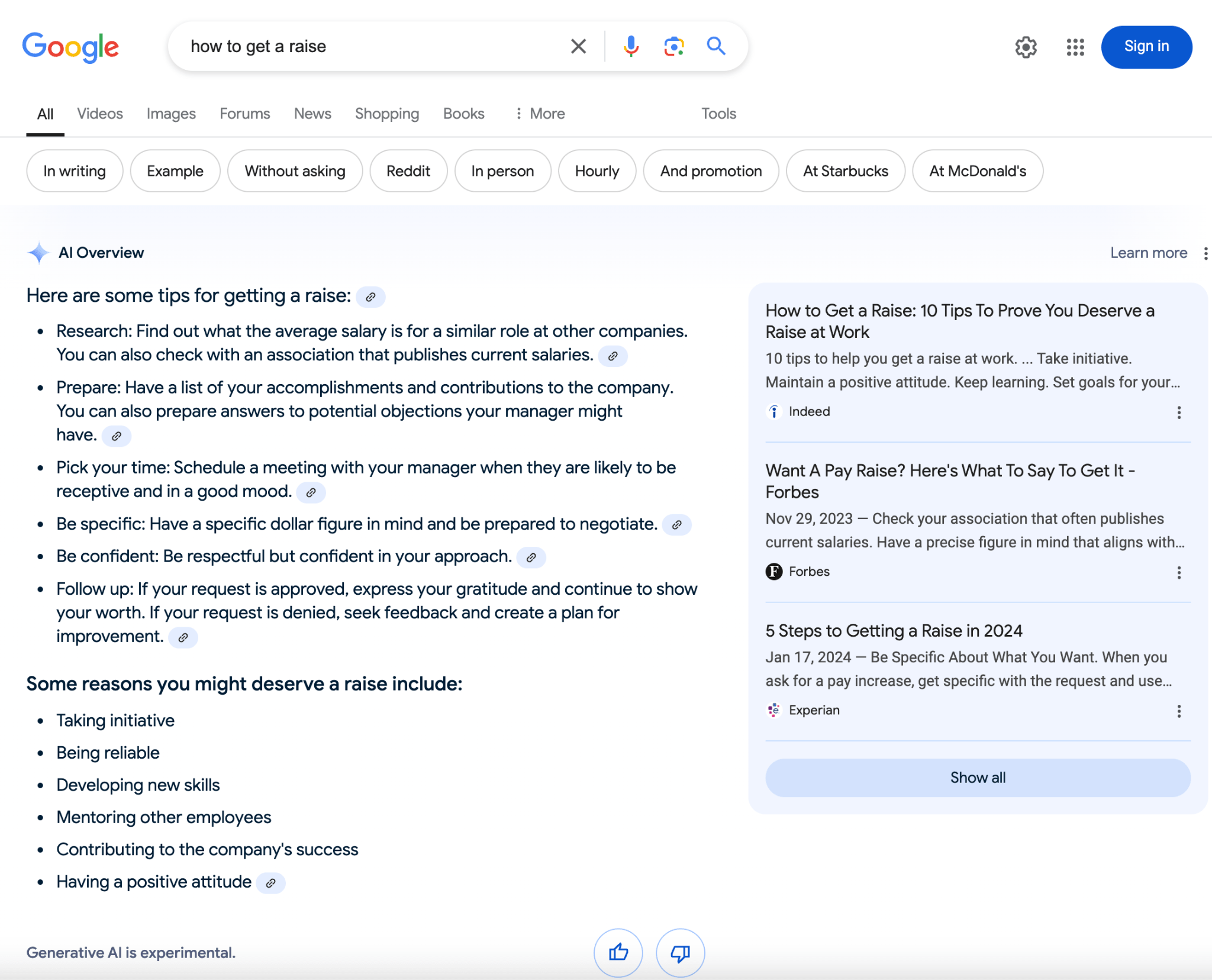
Originally named Search Generative Experience (SGE), AI Overviews is part of Google’s response to the accelerated rise of generative AI.
Thanks to Rich Sanger, who looked at the patent, we have an idea of how Google’s AI Overviews work:
- Query submission: You enter a search query.
- Understanding the query: Google uses a variety of LLMs to understand the context and intent of your query.
- Gathering content: The system retrieves relevant documents, including web pages, articles, images, and videos related to your query.
- Processing additional content: In addition to the immediate search results, Google considers content from related searches and information others found helpful under similar query circumstances.
- Generating a summary: An LLM combines all this information to generate a helpful response to your query.
- Dynamic and context-aware responses: The AI adapts its responses based on the specific context of each query submission. If queries are repeated or similar in different contexts, the AI adjusts the summaries it provides.
- User interaction and learning: Google learns from how users interact with the search results. If certain responses are consistently overlooked in favor of others, or if user clicks suggest a preference, the AI modifies future responses to align more closely with user behavior.
- Enhancing accuracy and relevance: The AI continually updates its understanding based on new information and interactions, which helps it to provide more accurate and contextually relevant responses over time.
The most important question, at least for SEOs, is how the system selects the sources. There are three main criteria:
- Query-dependent measures: The system assesses how relevant each potential source document is to the specific query. This includes positional ranking and relevance to the query’s location and language.
- Query-independent measures: It then assesses search result documents for things like selection rate across multiple queries, trustworthiness, overall popularity, and freshness.
- User-dependent measures: The system also considers the user’s profile and past interactions including recent searches and recent non-query interactions.
I highly recommend reading Rich Sanger’s article on how AI Overviews work, as it goes into deep detail on the patent.
“When mobile came, we knew Google Search had to evolve a lot. We call it featured snippets, but for almost 10 years now you go to Google for many questions we kind of use AI to answer them. We call it web answers internally. … We’ve always answered questions where we can. But we always felt when people come and look for information. People, in certain cases, want answers but they also want the richness and the diversity of what’s out there in the world and it’s a good balance to be had and we’ve always I think struck that balance pretty well.”
Currently, Google still has the largest market share in the world. And the rise of other AI-based search engines has (so far) not made a dent on Google either.
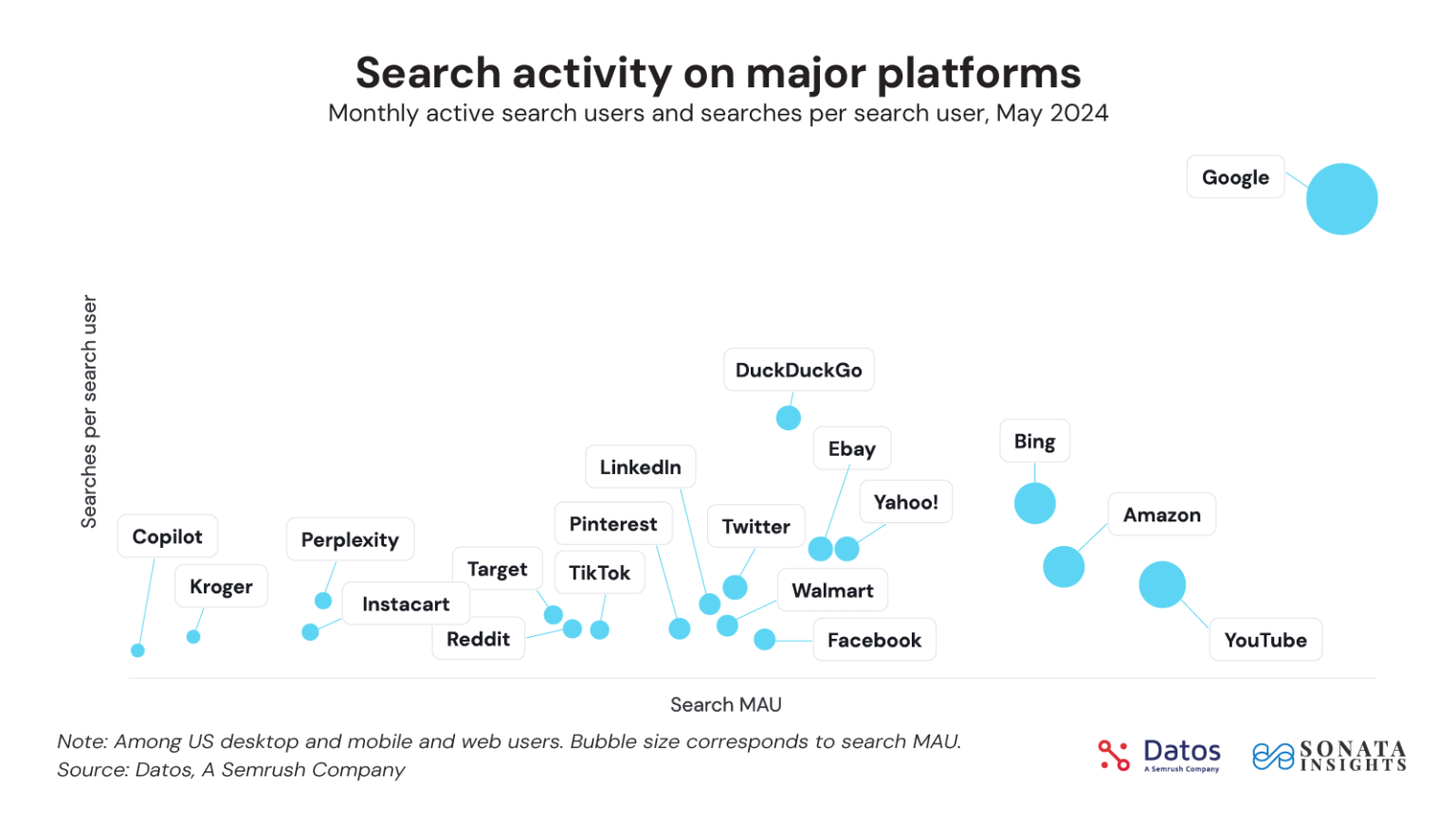
However, Google does provide an alternative method: ‘preview controls’, which are a way to tell Google not to provide a snippet in the SERPs or limit the amount of content that can be used.
Glenn Gabe ran an experiment to test whether Google would respect this.
The result? It did, but it took some time (and even a ping to Google’s John Mueller) for it to finally work. Regardless, it is an option if you want to opt out of AI Overviews.
Though there are ‘consequences’ (i.e. no search snippet), as Glenn Gabe discovered:
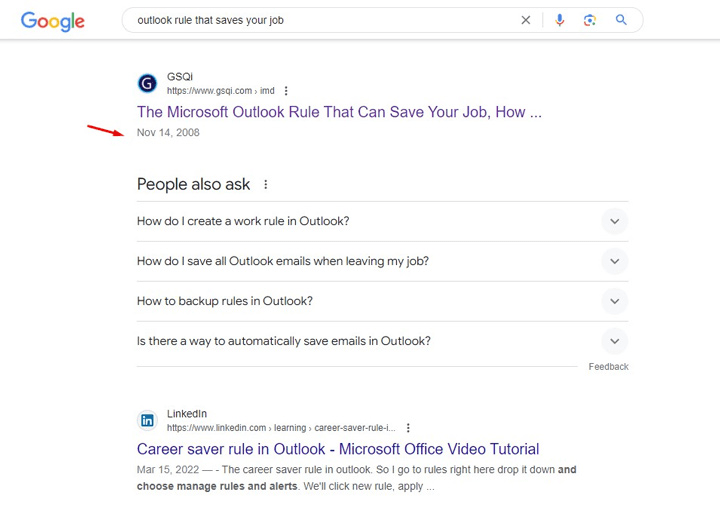
So, if you’d like to track the visibility of AI Overviews for important queries, you’ll have to use third-party tools like ZipTie.
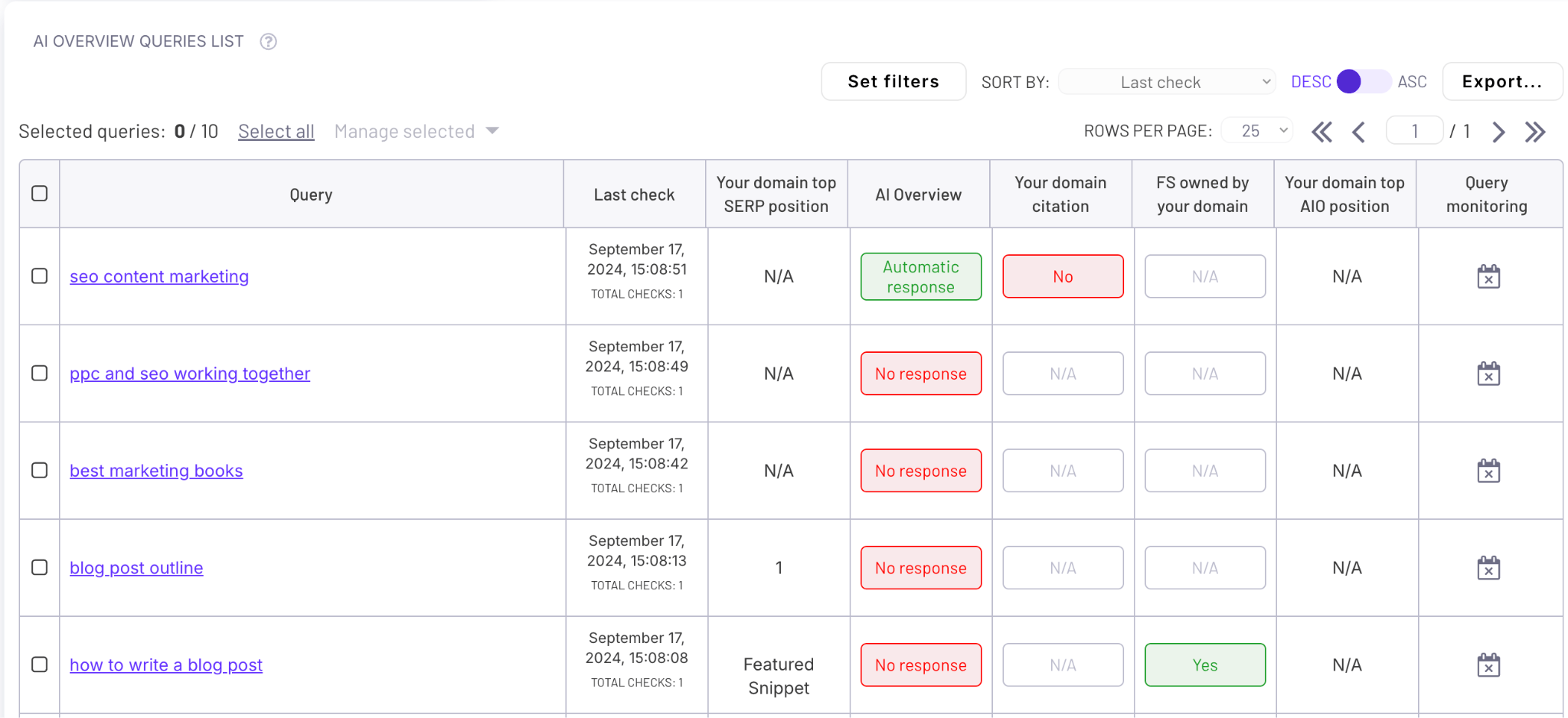
Bear in mind that AI Overviews are still volatile, appearing and disappearing for different keywords. Third-party tools may also struggle to keep up, considering that search queries will become more conversational and long-tailed.
Finally, the purpose of AI Overviews is to provide personalized summaries. This element will be missing when it comes to tracking, especially regarding linked sources.
Sidenote.
We’re working on tracking AI Overviews in Ahrefs. Stay tuned for updates!
In fact, if we look at Rich Sanger’s recommendations from his latest study on AIOs, you’d find that it is essentially SEO basics:

In short, even though Google has now introduced AI Overviews, the fundamentals of SEO are still the same. You need to:
- Do keyword research
- Make content users want to see by matching search intent
- Ensure the content is comprehensive and fulfills E-E-A-T
- Build links
However, given that the overlap is still not 100%, it could suggest a potential avenue for ‘information gain’ to be rewarded. To put it in layman’s terms, Google wants to reward new information, not copycat content.
In fact, when Rich Sanger analyzed the patent, it suggested that Google was indeed looking for diversity:
“But understand that the AI Overview doesn’t only provide documents from the top sources for that query. It seeks out diversity. If the top-ranked content for that query is homogenous, it will move on to closely related queries. Earning top page rankings along with visibility in the AI Overview for targeted queries is the best case scenario.”
How can you add ‘information gain’ to your content? There are three ways:
- Experimentation — Go into the real world, test ideas, and collect data that no one else has.
- Experience — Actually experience the thing you’re making content about.
- Effort — Go beyond others and make better things or things that are more than words on a page.
Our Director of Content Marketing Ryan Law expands on each concept in his article on standing out from AI content. I highly recommend reading it.
Final thoughts
This is everything we know about Google’s AI Overviews so far. It’s still a volatile feature, so expect many things to change as Google continues to experiment.
However, whether it’s organic search results or AI Overviews, good SEO doesn’t change. So, carry on with executing the fundamentals of SEO to perfection.
Did I miss anything? Let me know on X or LinkedIn.

